The 9th Symposium on Frequency Standards and Metrology
Kingscliff, NSW, Australia
16-20 October 2023
1988
The fourth symposium was held in 1988 in Ancona, Italy and organised by Andrea de Marchi.
The fourth meeting was called: Frequency Standards and Metrology, Fourth Symposium,
The meeting was held at the University of Ancona, Ancona, Italy.
The organizer and chairman was Prof. Andrea De Marchi.
The dates of the meeting were September 5-9, 1988. The proceedings were edited by A. De Marchi, and published (hard cover) by Springer Verlag. The number of participants was 165.
(Extract from David Wineland 2016 J. Phys.: Conf. Ser. 723 012001)
The Ancona meeting again saw many improvements across all areas – and was particularly memorable for some of us because Andrea De Marchi provided an excellent wine that came from the vinyards of his family. For Cesium, the use of lasers for state preparation and detection was becoming more common place. Bill Phillips reported on “sub-Doppler” laser cooling of Na atoms. This cooling was significantly better than that predicted by Doppler cooling, an effect Bill referred to as “a strong violation of Murphy’s law.” It wasn’t that the simple theory of Doppler cooling was wrong but it applied only to two-level systems. As explained by Claude Cohen-Tannoudji, Steve Chu, and their colleagues, in sub- Doppler cooling, dynamic optical pumping of the ground state hyperfine levels was important, leading to the so-called “Sisyphus effect” cooling and much lower temperatures. The achievement of much lower temperatures than those provided by Doppler cooling was crucial for the enormous improvement in performance of current fountains, to prevent the atomic sample from expanding too much during free fall.
For hydrogen masers, the cryogenic masers proposed by Walter Hardy at the previous symposium had been subsequently built and successfully operated at UBC and SAO. These devices involved wonderful new physics but ultimately for frequency standards applications, the collision shifts proved to be too difficult to control.
In the area of stable lasers, Dieter Hils and Jan Hall reported locking separate HeNe lasers beams (633 nm) to adjacent fringes of the same cavity. By observing the beat frequency between these two beams, a relative linewidth of 30 mHz was observed. Although not providing absolute frequency stability, this experiment showed that state-of-the art electronics was sufficient to achieve extremely narrow laser beam linewidths, providing the optical cavities were stable. Therefore, the problem of providing precise oscillators was transferred to providing stable reference cavities, which of course occupies the efforts of many groups in our field to this day.
A number of advances were made in optical frequency standards. As one example, the Novosibirsk group (S. N. Bagayev, R. P. Chebotayev et al.) described a CH4 saturated absorption cell for the 3.39 µm He-Ne laser that had a length of about 8 m, was cooled by LN2, and was probed by a beam waist w0
= 30 cm, giving a linewidth of 250 Hz. Similar experiments were carried out in Paris and Boulder. As another example, a PTB/NRC team (H. Helmke, J. Ishikawa, F. Riehle) reported a four-travelling-wave Ramsey/Bordé interferometer for the dye-laser excited 657 1S0 – 3P1 transition in a Calcium beam, achieving a linewidth of around 20 kHz.
For trapped ions, groups at the University of Washington, (H. Dehmelt et al.), Heidelberg (P. Toschek et al.) and NIST (Ion Storage group) had been able to clearly observe quantum jumps between two states, as indicated by the presence or absence of fluorescence from a strong transition that involved one of the states. This demonstrated Dehmelt’s electron-shelving amplifier scheme and showed that clock transitions could be detected, limited only by quantum projection noise. Using Dehmelt’s detection scheme, Jim Bergquist showed spectra on the 2S1/2 – 2D5/2 clock transition from a single trapped Doppler- cooled 198Hg+ ion which consisted of the Doppler-free “recoilless” central feature (optical version of the Mössbauer effect) and first-order Doppler-effect generated motional sidebands. John Bollinger discussed the evaluation of the first laser-cooled clock, based on a ~ 303 MHz transition in 9Be+ ions probed with a 550 s Ramsey time leading to a linewidth under 1 mHz. (Subsequently Peter Fisk (CSIRO) used a 600 s Ramsey time on the 12.6 GHz transition in 171Yb+ to achieve a Q of 1.5 × 1013 [16]). I now find it amusing that in his introduction to the trapped ion session, Hans Dehmelt, in discussing a path to 10-18 uncertainties had written: “All this is no wonder, because high resolution spectroscopy on anything else but on an individual isolated metastable atomic particle at rest in the laboratory will always be affected by shifts of various kinds.” Of course, these days, the neutral atom lattice-clock experiments seem to do quite well overcoming this apparent difficulty.

